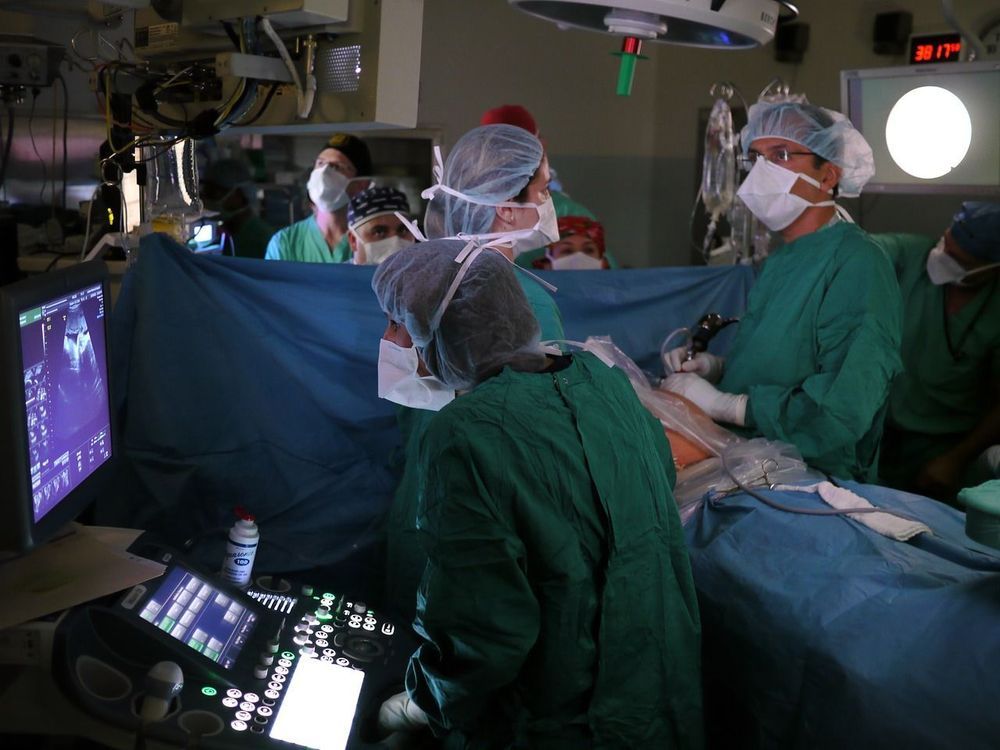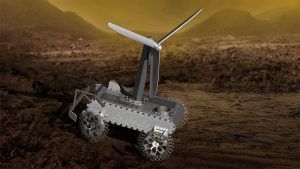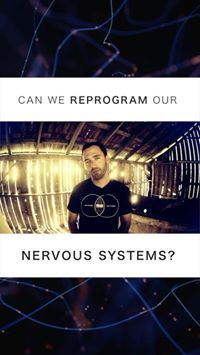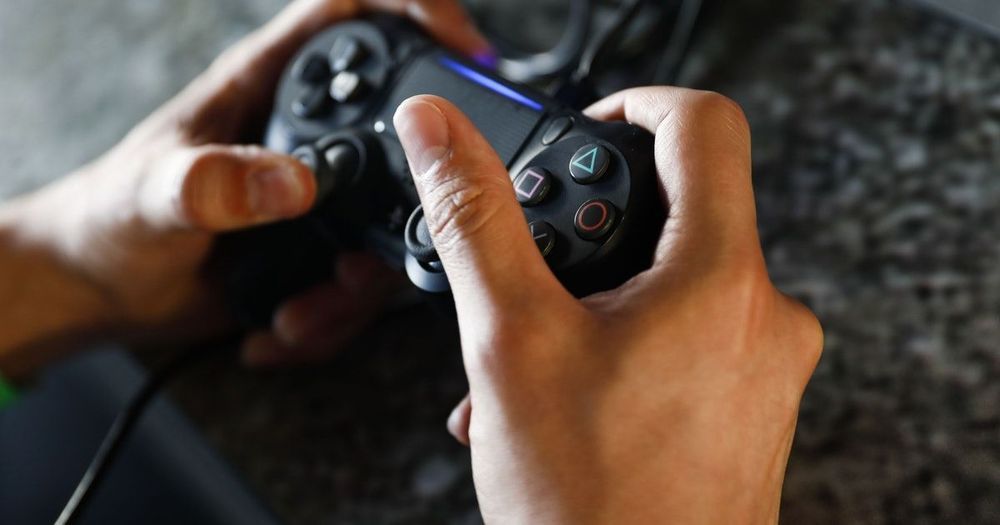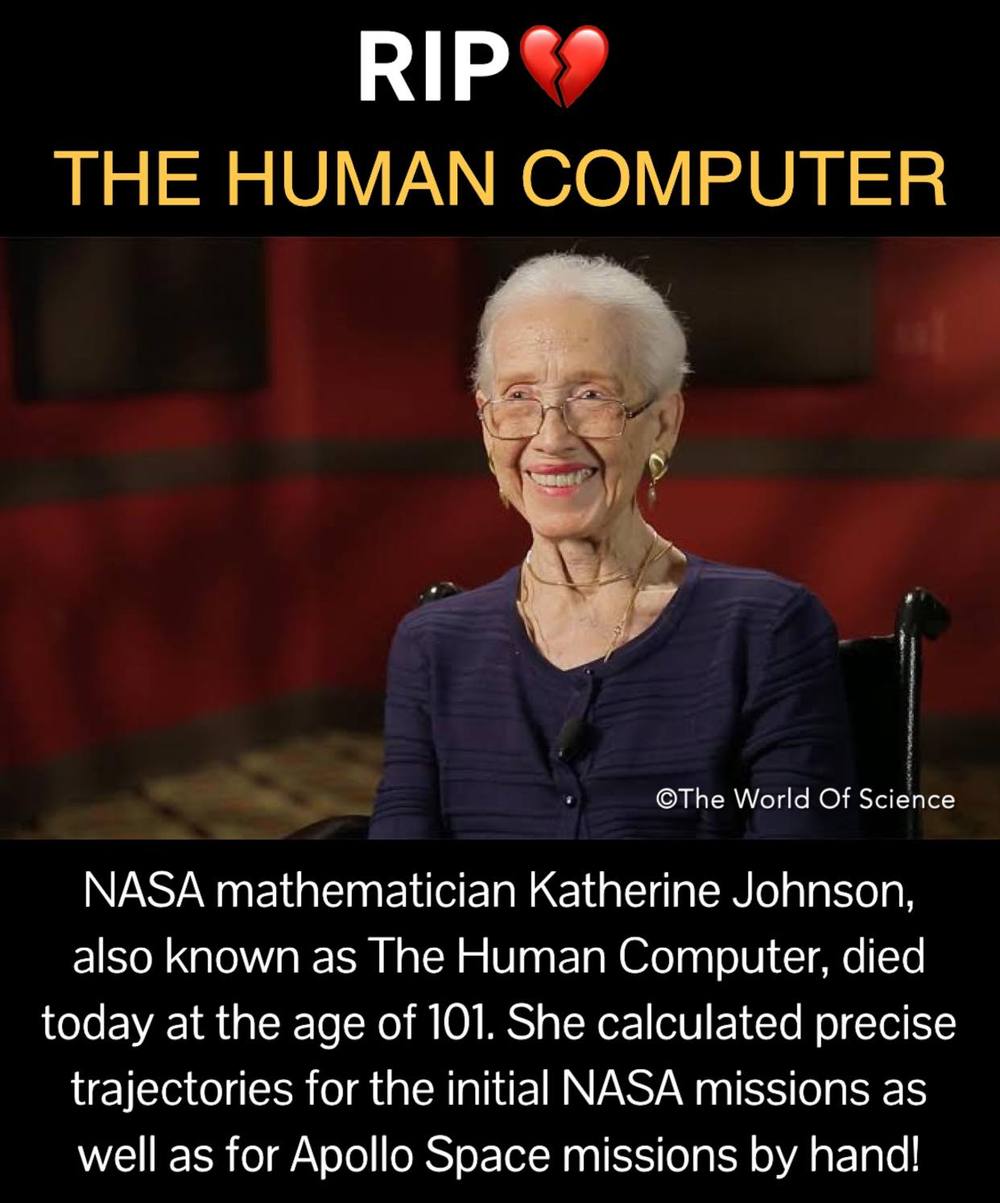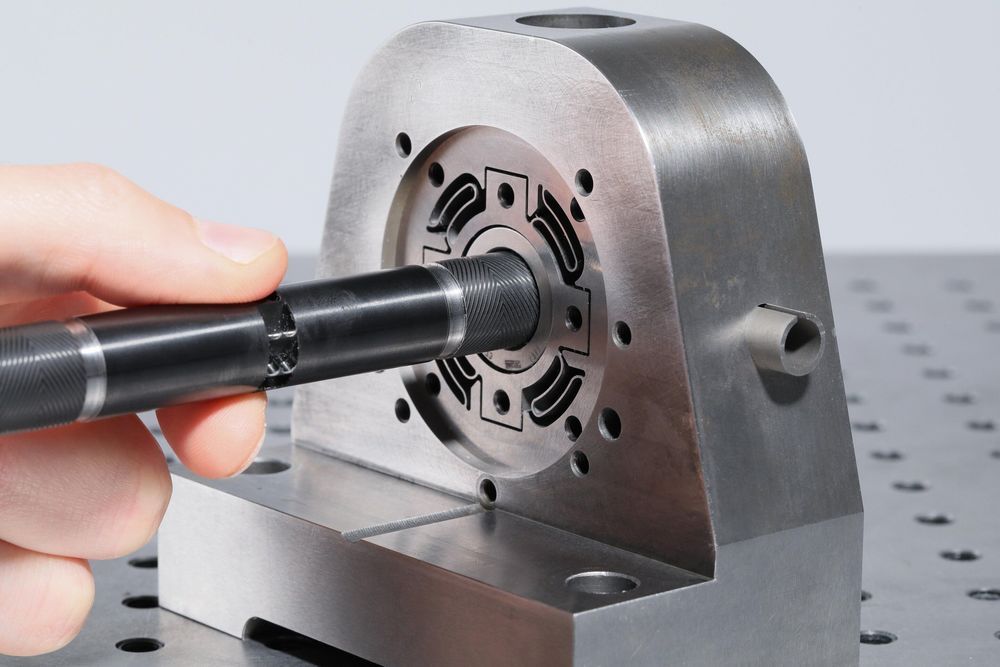Mar 6, 2020
Coronavirus expert: ‘War is an appropriate analogy’
Posted by Mario Acosta in categories: biotech/medical, innovation
CEO of the Coalition for Epidemic Preparedness Innovations Dr Richard Hatchett explains the long-term dangers of the Covid-19 coronavirus — saying it’s the scariest outbreak he’s dealt with in his 20-year career. (Subscribe: https://bit.ly/C4_News_Subscribe)
——
Continue reading “Coronavirus expert: ‘War is an appropriate analogy’” »

